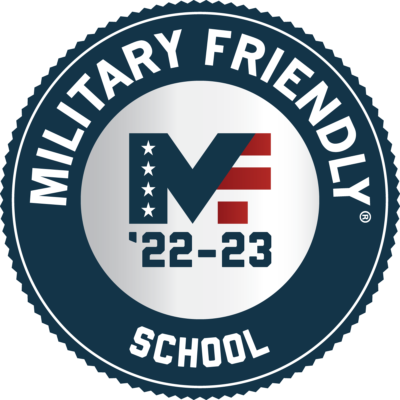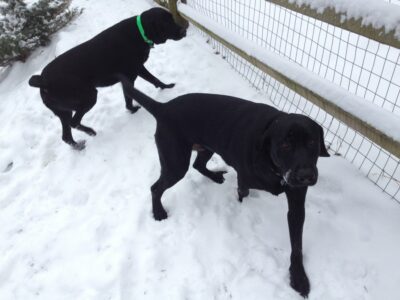Johnson College’s Carpentry & Cabinetmaking Technology program will host an auction to benefit the Children’s Advocacy Center of NEPA on Wednesday, April 20, 2022, on the Johnson College campus. Doors open at 5:00 p.m., and the auction starts at 6:00 p.m.
More than 60 items will be available to bid on, including cutting boards, tables, cabinets, a bookcase, and more. All items were created by students in the Carpentry & Cabinetmaking Technology program. Most of the items were made from re-purposed wood. To register to attend, please visit https://forms.gle/QoxRsLHxfveWMzkn7.
To learn more about the Children’s Advocacy Center of NEPA, visit https://cacnepa.org/.









